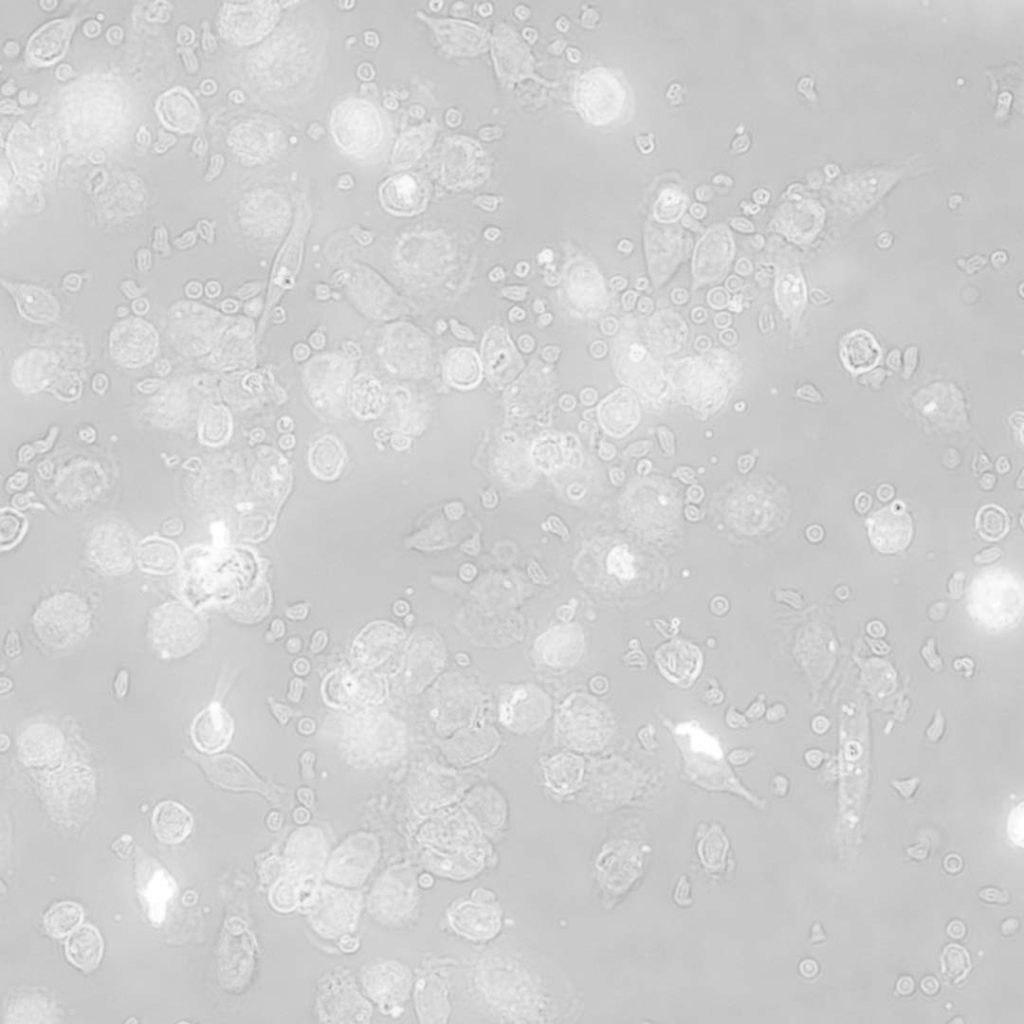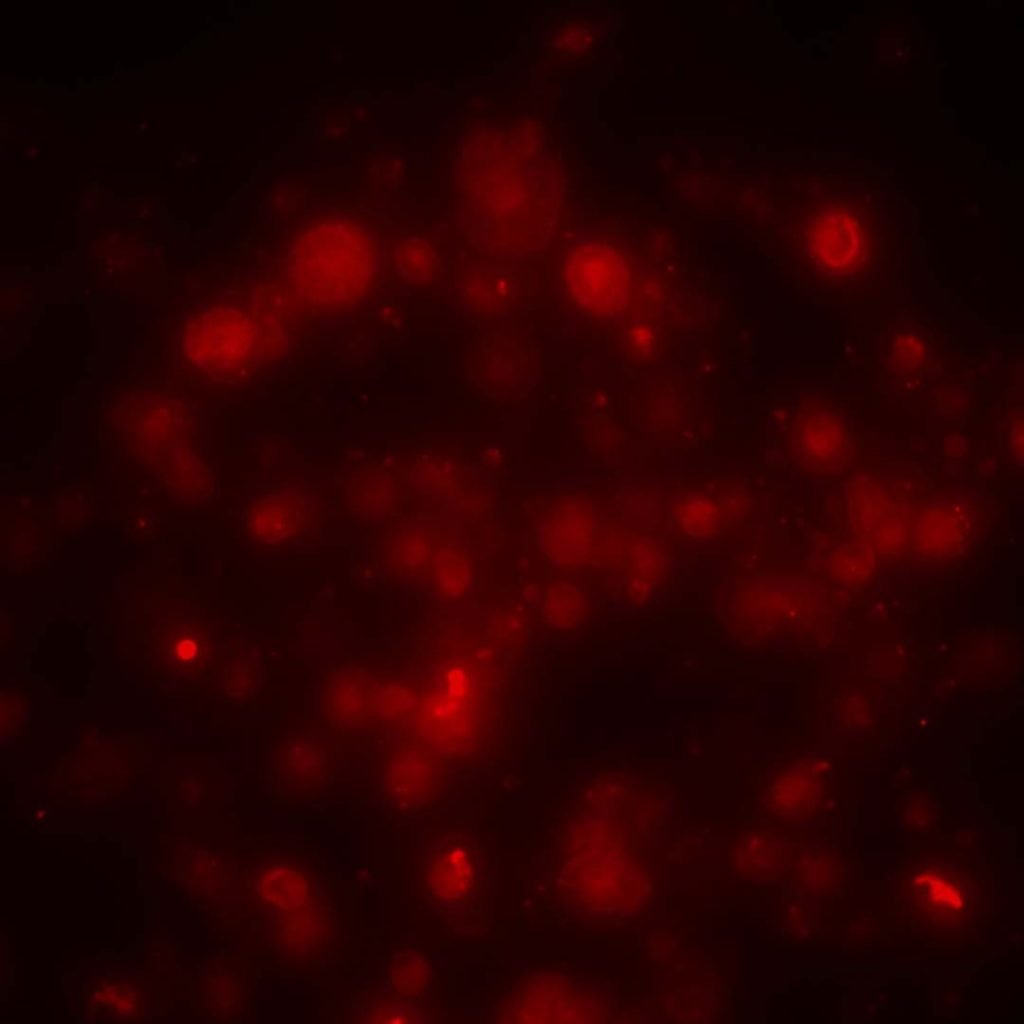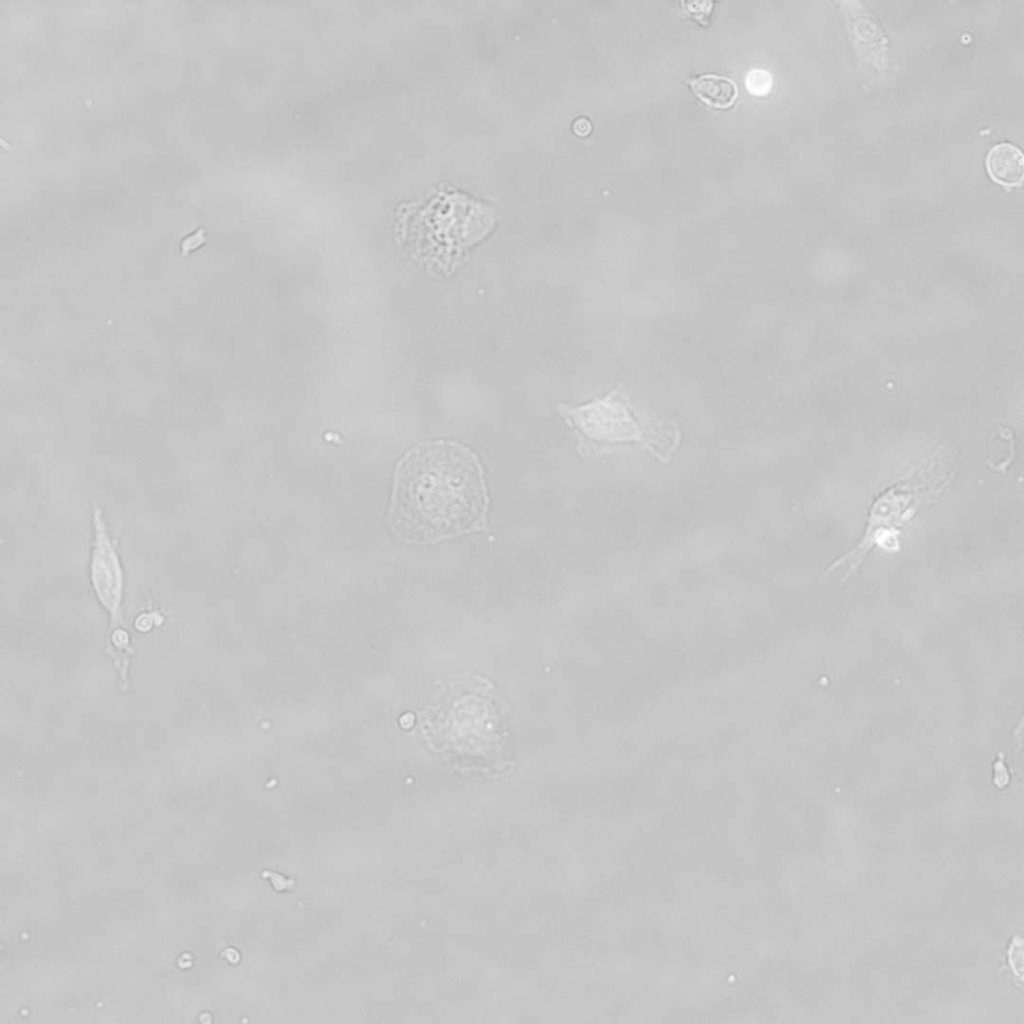Years ago, I read a book by the neurosurgeon Henry Marsh.
In one chapter, he talks about operating on patients who are awake during his procedures. This is because sometimes the brain needs real-time feedback. Marsh describes how, occasionally, he asks the patient:
“Do you want to see your own brain?”
And some say yes.
Imagine that.
Being one of the only people in human history to ever see your own brain while still inside it.
Just think about the idea of looking at the very matter of which you observe consciousness from but observing it from a distance while rendering an image of its self from within itself.
Marsh said it was strange and profound. I think it’s utterly incredible.
That idea lodged itself into me like a seed. #Inception The thought that we live our whole lives inside something we never truly see.
It reminded me of the Homunculus Theory the (completely wrong but weirdly charming) idea that inside your head sits a tiny version of you, controlling everything like a pilot in a cockpit. A “little person” behind your eyes. I could also image some people being mildly disapointed to see there. Brain in real time and not see a #MiniMe.
Because even if we know that theres no little person.
it feels like there should be. I mean who’s hearing that voice in my head when I read silently on the train.
Maybe that’s why the desire to see my own cells became so intense.
Not metaphorically. Literally and thats where this story begins.

Step One: Blood
It all started at a dinner party.
A rooftop in the City. Champagne and definitely lobster. One of those surreal nights where you meet someone who knows someone who knows someone. A place where suddenly the impossible doesn’t seem impossible anymore. These were the people that made things happen in this world.
We ended up talking about DNA, origins, first principles. I said something about how we’re all wildly different yet built from the same basic code. Billions of cells worn like clothing. An invisible software that writes eyelashes, fingerprints and even heartbreak all while it daydreams.
I said, “I want to see that.”
Someone replied,
“I might know someone with access to a microscope that could get you close… not DNA close… but cell close.”
Close enough.
A few weeks later, I was sitting in a private apartment, not a hospital, but still with a doctor who casually reassured me, “Don’t worry, I did this fairly regularly in med school.”
The needle slipped in.
My blood filled the vial.
Warm. Deep. Unmistakably mine.
We had to move fast. Blood doesn’t last forever and I rushed across the city like I were protecting something fragile and alive. In a way, I was. I was taking care of me.

Step Two: The Lab
The building was completely unremarkable from the outside. Glass and concrete. A place your eyes would slide past without noticing. Inside, it was all keycards, white corridors, and doors that opened only with permission.
And then I met Robin.
Robin leads a specialist team working on something far more serious than my creative curiosity. Yet they found space in their day for this. For me. I thought we’d just put the blood under a microscope and boom cells.
Of course not.
There’s always a process. Life is Process.
Stages. Steps. Ritual.
Robin worked carefully, setting up the events (and machines) which would separate the parts of my blood in to what we needed.. Watching someone handle your actual blood with such precision is intensely weird. it’s like choreography performed for an audience of one.
Robin asked what I wanted to do with the images.
I shrugged and said, “Maybe paint. Maybe something else.”
I sounded casual, but inside I was on fire. I was watching a hidden world at work here. Machines humming, data forming, my own biology unfolding in front of me. I didn’t know what the art would be yet, but that’s the thing about making anything:
You don’t always know what you’re making until the work reveals itself.
Robin just smiled.

Step Three: Microscopy : Seeing Myself
Weeks later, we met again.
This time in a darkened room with a machine that looked like it could track satellites.
Laser microscopy. The kind that doesn’t just look at cells. It looks into them.
A tiny dish, a drop of liquid, almost nothing.
Under the microscope, it became an entire world.
We moved across the slide like we were flying over a landscape. the laid shades of grey, shapes clustering. Robin said cells do that naturally, pack together like data blocks on a hard drive. No one fully understands why.
Then: there they were.
My cells.
Not diagrams.
Not stock images.
Mine.
These cells had been in my heart.
Through my lungs.
In every corner of what I call “me.”
And now we were shining lasers into them, seeing them while simultaneously destroying them. This kind of microscopy gives you a window, but only for a moment. Light eventually kills what it illuminates.
So we captured everything we could.
Gigabytes of me.
Afterthought
I can’t stop thinking about it as i write this.
We talk about ourselves as one thing: I am a person, an individual, a singular “me.”
But seeing those cells made that idea feel ridiculous. We aren’t one thing. We are trillions of things happening at the same time.
Tiny worlds working together so that we can sit at dinner parties, say absurd sentences like “I want to see my own cells,” and chase those sentences into reality.
These cells were alive inside me once.
And now, for the first time,
I have seen myself.
Whats next this: